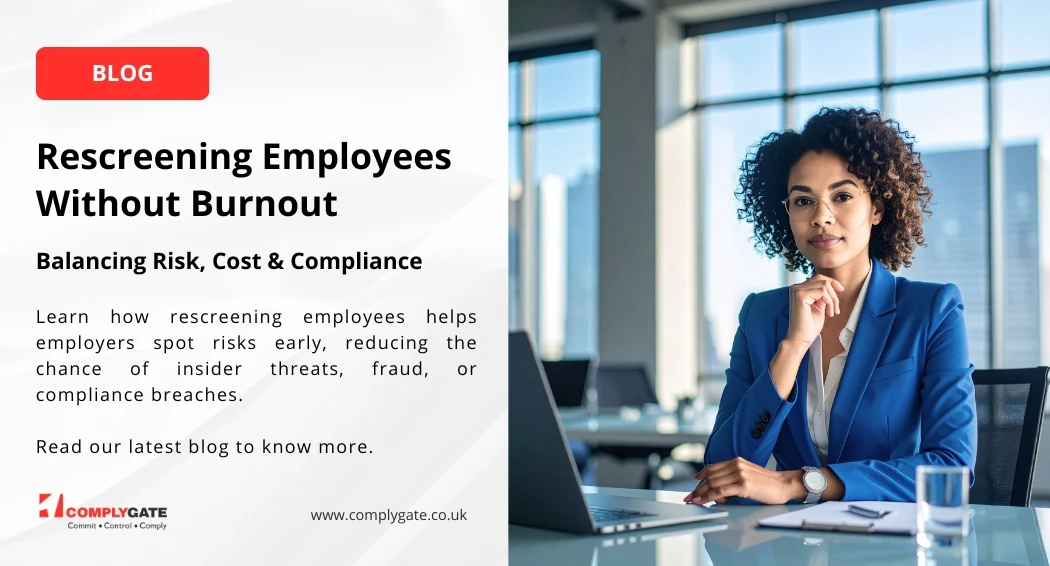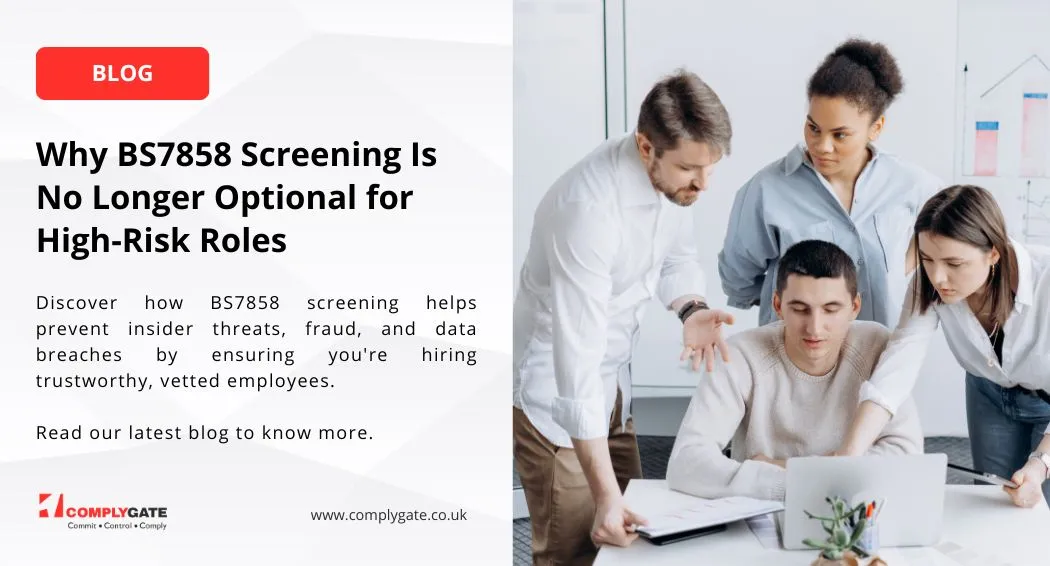Future Leadership and Building a Future Workforce
HR leaders, taking lessons from the unprecedented global developments of 2020 shall seek to build critical skills, bolster their organizational management teams and implement strategic and change management to prepare themselves for future.
According to Gartner 2020 Future of HR Survey, growth and expansion of business remains the top business objective of organizations, closely followed by improving operational excellence. To ensure that these goals are met, the HR leader shall have to:
- Build critical skills for the organization.
- Strengthen the overall leadership for current and future needs
- Implement change management
These priorities have come up amidst widespread uncertainties on the lines of economic, workforce and environmental factors.
Top-down change management must be withdrawn in place of a more agile leadership during uncertain times.
Leah Johnson, Vice President, Advisory, Gartner, says, HR’s priorities in 2020 reflect the urgent need to move ahead of today’s uncertain operating conditions. Rapid and rampant digitalization has created gaps in skills and has been challenging effective leadership on various business fronts. Considerable lack of expertise, made apparent by the Covid-19 pandemic, needed to restructure organizations and manage the subsequent changes had also been there.
Failure of Talent Development
The skills and competencies required to drive success change constantly even as organizations tackle increased digitalization and automation. Building critical skills and competencies and addressing skills gaps is a top priority for technology leaders in 2020. To hone and maintain the proper skill sets needed to drive the organization, HR leaders will have to partner with business leaders as organizations start recovering and begin responding to disruption. Development of future skillswithin the organization is especially important due to emerging fierce competition making it difficult to find and acquire missing skills.
Engaging the right employees at the right time in the right way
Motivating and enabling employees to develop in-demand skills requires organizations to take a market-driven, predictive approach to identify required skills which, once acquired, will also enable employees to further their own careers. To implement this “connected learner” approach, HR executives should think outside the box to develop learning experiences and connecting employees with opportunities throughout the organization and beyond.
Leadership issues
Steady leadership remains a key to effective management and success across organizations. Many HR leaders have complained of certain that they have in developing midlevel and senior leadership. About half of the HR executives surveyed by Gartner opinionate that developing current and future leadership bench for their organizations is a top priority for 2020 and beyond.
The leadership pipeline has been filled with potential successors for specific roles. However, the demands of today’s uncertain, rapidly changing times cannot be met using that approach anymore. Leadership roles shall have to continue to change and evolve in their ability to lead the organization into the future, and organizational topology shall change as well.
Imbibing decision-making and planning traits at the grassroots level
Leadership capabilities can improve and change the rapid change and strategy management upheavals that have been going on since businesses have started picking up since Covid-19 pandemic. One innovative strategy to hone and improve leadership capabilities is to pair complementary leaders and have them share responsibilities. This approach partners a leader with one or more leaders based on complementary skill sets and in no way reassigns the responsibilities. Complementary leadership provides the breadth, depth and agility required to boost businesses in an improvised scenario wherein leaders need to acquire new skills at an accelerated pace.
Lack of expertise for organizational design
Over half of the HR leaders surveyed were mentioned saying that the organizational design and change management will be a top priority in 2020, even though apparently many organizational leaders aren’t equipped to lead organizational redesigns and change. Many are still stuck and unsure of their redesign strategy to support more agile and responsive ways of working. Apparently, many of the organizational employees are fatigued by their respective organizational changes.
HR leaders must move away from and replace top-down change management with agile decision making and planning and imbibe these attributes into the workforce plying the lowest rungs of the organization. Evolution of organizational operating models must have properly mapped and updated workflows and networks. For this to be effective, HR should involve employees in making and managing overall strategy. Engage your employees as active participants in strategic decision-making.
Organizations should be focused on acquiring critical skills and not just on filling key roles
Covid-19 pandemic has driven unprecedented business transformation since causing massive upheavals in global economy. According to a 2019 Gartner survey, building critical skills and competencies for the organization is the top priority for HR leaders in 2020. With the onset of the Covid-19 pandemic, the need for digital transformation became even greater than the already existing scenarios.
Workforce change management was in place even before the pandemic, but the pandemic just took them to a whole new level by creating new tasks and responsibilities suddenly and outdating various roles. Over a short span of time, Covid-19 created various work trends such as remote work and rapid digital transformation which have all been exacerbating these work and workforce shifts tremendously.
Strategy execution in place of role-based planning
As per a recent Gartner survey, about 80% were ill-prepared to take on the uncertain future and the impending challenges. With the ongoing disruption of existing business models, there has been a drastic change in skills required to fulfil future objectives. The existing workforce seems rather unprepared for such changes. The problems have been further exacerbated by viewing them through legacy HR systems which have been focused on roles rather than skills needed to drive the organization’s competitive advantage.
Roles become less and less useful when tasks and responsibilities change rapidly, like during a business disruption fuelled by an economic crisis. Facebook, Apple, Amazon and Google have long been considered the leading performers in terms of employee development and upskilling metrics. These companies are already way ahead of others in rethinking their talent management and hiring strategies.
Differentiating skills for competitive advantage
Gartner TalentNeuron™ data on software developer roles reveals that the top 20 skills for IT roles at the top IT companies in the world differ about 40% from those required for similar roles in other average IT organizations. In other words, the top IT companies are building different IT workforces than your average organization.
Developing a skills-based plan
Building a future workforce requires an organizational management to develop a skills-based workforce plan. In order to meet this objective the following five things are recommended:
- Gain a thorough understanding of the emerging skills landscape by analysing skills and job posts from industry leaders and competitors. Seek out the differences between conventional and unconventional skills.
- Review critical skills and examine them with respect to emerging trends.
- Share data with and educate business partners by making them understand the implications of skills trends and business strategies.
- Create a skill-based plan for workforce skill management to determine skills needed to develop and give your organization the competitive advantage.
- Create a future talent development plan driven by data and requirement of critical skills.











